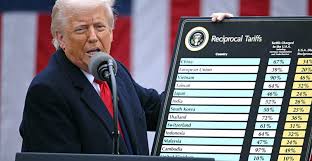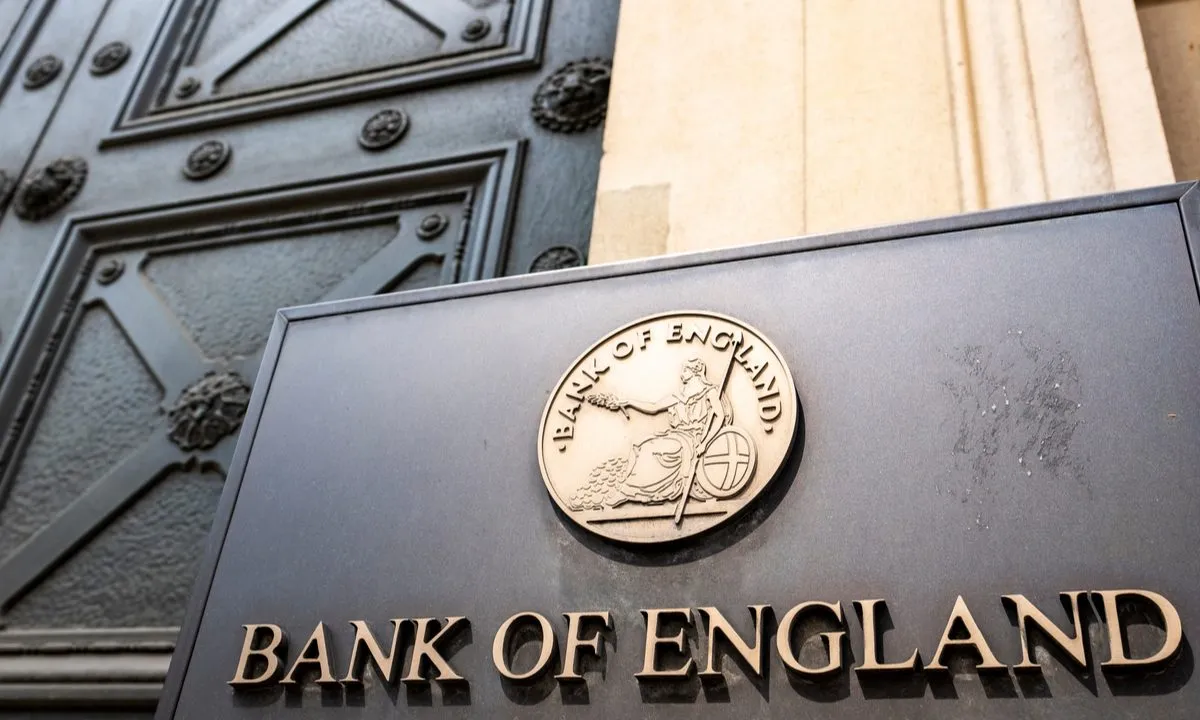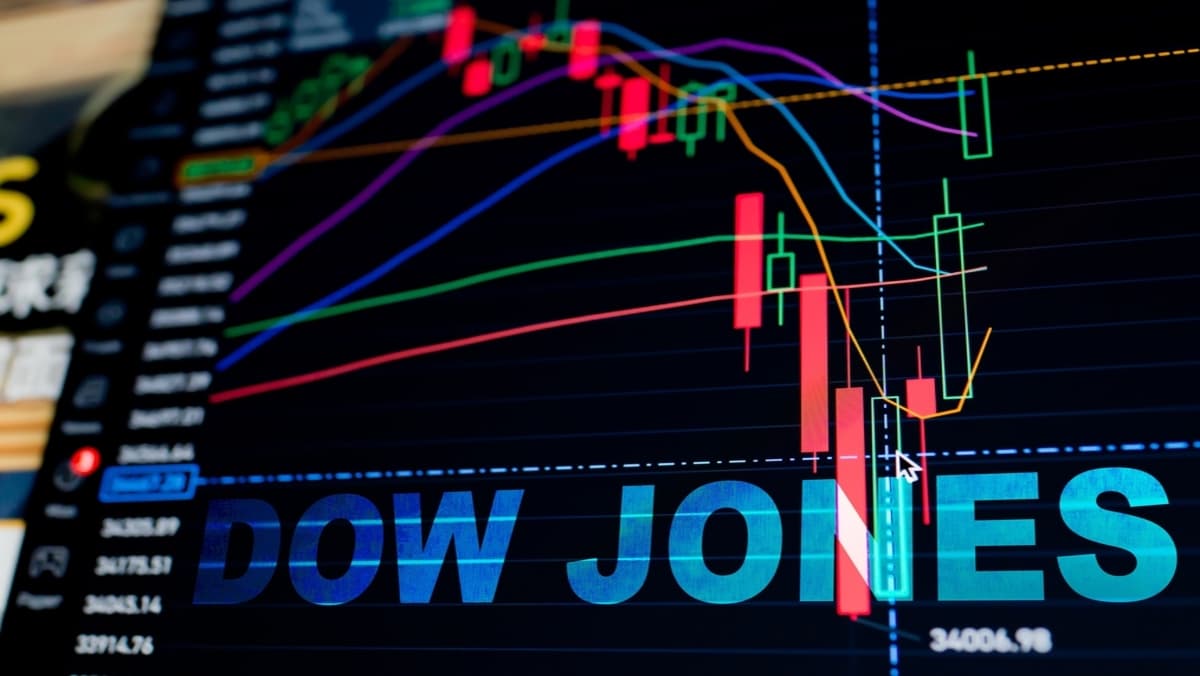Gold Pulls Back On Positive Economic Data, But Long-Term Risks Continue To Provide Support

Linh Tran, Market Analyst at XS.com
In yesterday’s trading session, gold prices recorded a decline as a series of U.S. economic data came in better than expected, thereby partially easing market expectations for an imminent monetary policy easing by the Federal Reserve (Fed).
Specifically, Core Retail Sales rose by 0.5% and Retail Sales m/m increased by 0.6%, both significantly exceeding market expectations of 0.3% and 0.1%, respectively. Furthermore, these figures showed strong rebounds from previous months’ negative growth, while unemployment claims dropped below forecasts, indicating that the labor market remains relatively resilient.
In addition, recent inflation indicators such as the CPI and PPI showed increases but remained broadly stable around the Fed’s target. Against this backdrop, the market is leaning toward the possibility that the Fed will maintain interest rates in upcoming meetings — consistent with the patient stance repeatedly emphasized by Fed officials.
However, this does not mean the Fed has ruled out the possibility of policy adjustments altogether, as the central bank continues to closely monitor economic data before making its final decisions. Therefore, interest rate expectations remain an unresolved variable, and gold is likely to stay sensitive to upcoming economic releases.
Despite short-term correction pressures, gold continues to be supported by strategic long-term fundamentals. Firstly, global macroeconomic risks appear to be rising again — especially from trade policies under former President Donald Trump. His proposed tariff moves not only raise fears of a renewed trade war but also pose risks of slowing global growth — an environment in which gold often thrives as a safe-haven asset.
Secondly, geopolitical tensions in the Middle East remain a critical flashpoint. Although a new ceasefire proposal between Israel and Hamas is being pushed by mediating parties, the situation remains highly uncertain. The Israeli government is deeply divided over the agreement — with some members in support, while hardline factions oppose ending the conflict without fully “defeating Hamas.” Any failure in negotiations or renewed escalation would serve as a catalyst for increased demand for safe-haven assets like gold.
In the short term, gold is likely to continue reacting to shifts in monetary policy expectations, especially in response to data such as PCE, GDP, and speeches from Fed officials. However, in the medium to long term, structural factors — including policy uncertainty, geopolitical instability, and the need to hedge against a potential global growth slowdown — will remain key pillars supporting gold prices.
Tran is Market Analyst at XS.com






